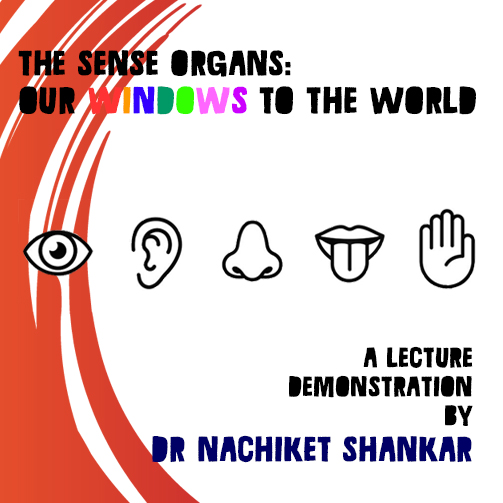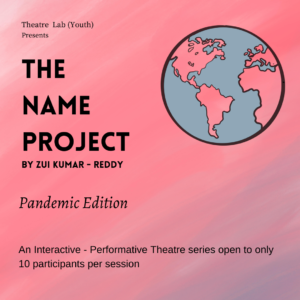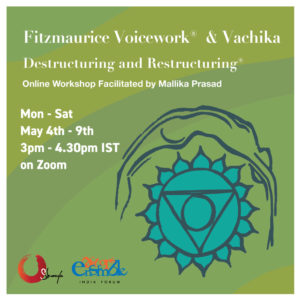The Sense Organs: Our Windows to the World
Uncategorized
Lecture/Discussion
Sun, 19 Aug 2018 4 PM - 5 PM
₹Free

|| Details ||
What: A lecture/demonstration on the sense organs
Date: Sun | 19 AUG
Time: 2:30 – 3:30 PM
For: This lecture is likely to be of interest to anyone who is interested in the structure and function of the human body
Fee: Free entry
|| About the demonstration ||
Did you know?
Your back is the least sensitive part of your body; You can smell about 10,000 odours; You can’t taste what your saliva can’t dissolve; Your eyes will process 24 million images in your lifetime; The smallest bones are the ossicles in the middle ear: the incus, the malleus, and the stapes (also called the anvil, hammer, and stirrup). The five senses of touch, smell, taste, vision and hearing help us to sample our environment. This input is essential to respond to environmental stimuli in an appropriate manner. All these sensations are converted to nerve impulses that are eventually transmitted to the brain. Within the brain, various levels of processing take place and suitable responses are initiated. This session will focus on the fascinating structure and functions of these sense organs.
|| What you gain ||
By the end of the session the listener will be able to appreciate the following:
Structure and function of the skin, eyeball and ear.
Structure and function of olfactory (related to smell) epithelium and taste
buds (related to taste).
Pathways by which these sensations are transmitted to the brain.
Parts of the brain involved in the processing of these sensations.
|| Facilitator ||
Dr Nachiket Shankar is a faculty member in the Department of Anatomy at St. John’s Medical College, and possesses a keen interest in medical education and research methodology. He is an active member of the Department of Medical Education at St. John’s. He enjoys teaching, music and sports.


